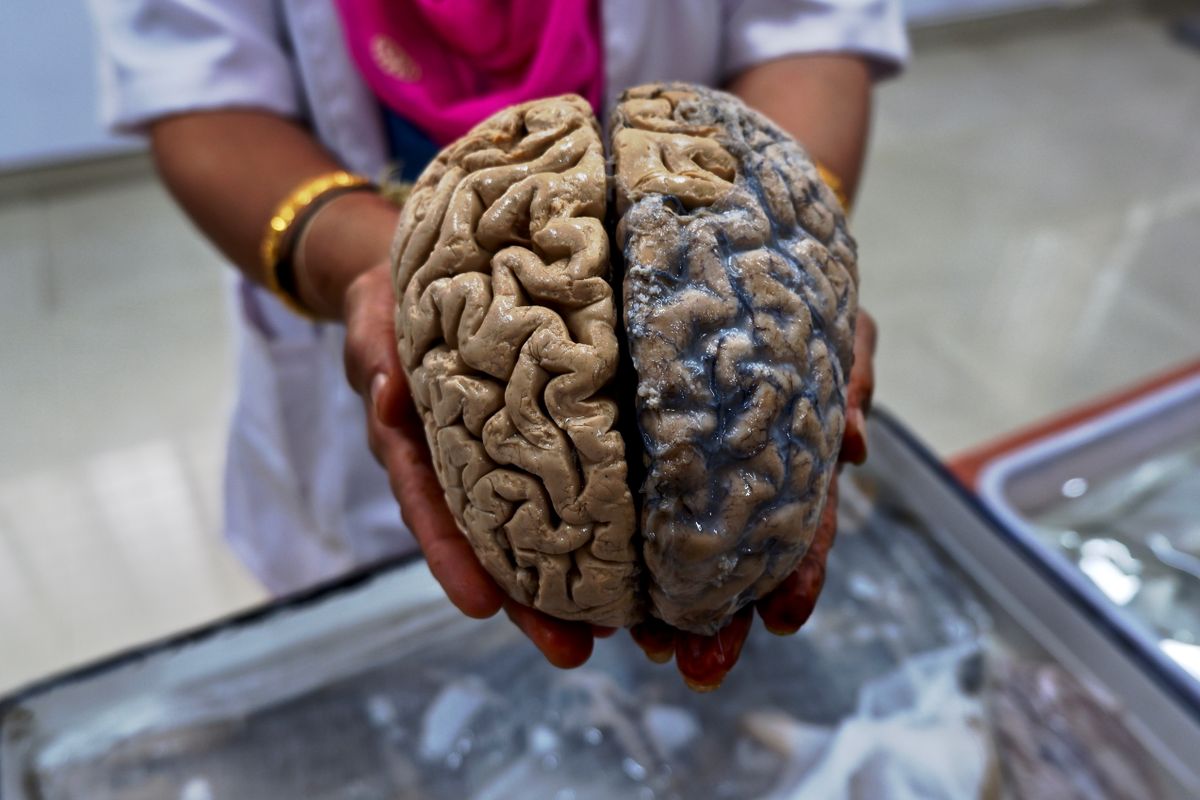About
Sections of human brains, gathered by pathologists during autopsy between the late 1970s and today, are preserved in formalin solution and encased in hard, clear plastic. That means that the specimens—be they examples of trauma, cancer, infection, infestation or birth abnormalities—can be turned, and viewed from all angles.
A highlight of a visit to the Brain Museum is the most hands-on anatomy lesson one could hope for this side of a medical school. Visitors are encouraged to take a real human brain into their bare hands, while a staff scientist introduces you to its geography. The tour may also include up-close-and-personal introductions to a lung, a heart, a liver, a bundle of spinal nerves, and sundry other human organs that the scientists who run the museum have served up for you to explore.
Unlike some other collections full of pickled anatomical things in jars—those of the Hunterian or Grant Museums in London, for instance—Bangalore’s Brain Museum boasts no antique vibes. It looks like a classroom because it sort of is.
The Museum is currently housed in a single room on the campus of the National Institute for Mental Health and Neurosciences (NIMHANS). The institute, founded in 1847 as the Bangalore Lunatic Asylum, is a major center of clinical medicine and postgraduate study in India. Originally conceived purely as a teaching and research tool, the Neuropathology Brain Museum opened to the public in 2010 when a new Neurobiology Research Centre afforded it the space to grow. The aim of the museum was partly to spread awareness about safe practices: expect to hear some grisly cautionary tales.
As much as the collection is focused on the brain, there are other marvels on the museum’s shelves: diseased eyes, still fringed with lashes; lungs; spinal cords. A selection of human fetuses, some developmentally normal, some abnormal, share a rack with various animal brains. A nearby poster explores theories of comparative embryology.
Related Tags
Know Before You Go
The Brain Museum’s guided tours are open to walk-ins on Wednesdays and Saturdays after 2:30 pm. Entry is free.
Delhi and Rajasthan: Colors of India
Discover Colorful Rajasthan: From Delhi to Jaipur and Beyond.
Book NowPublished
September 24, 2018




















